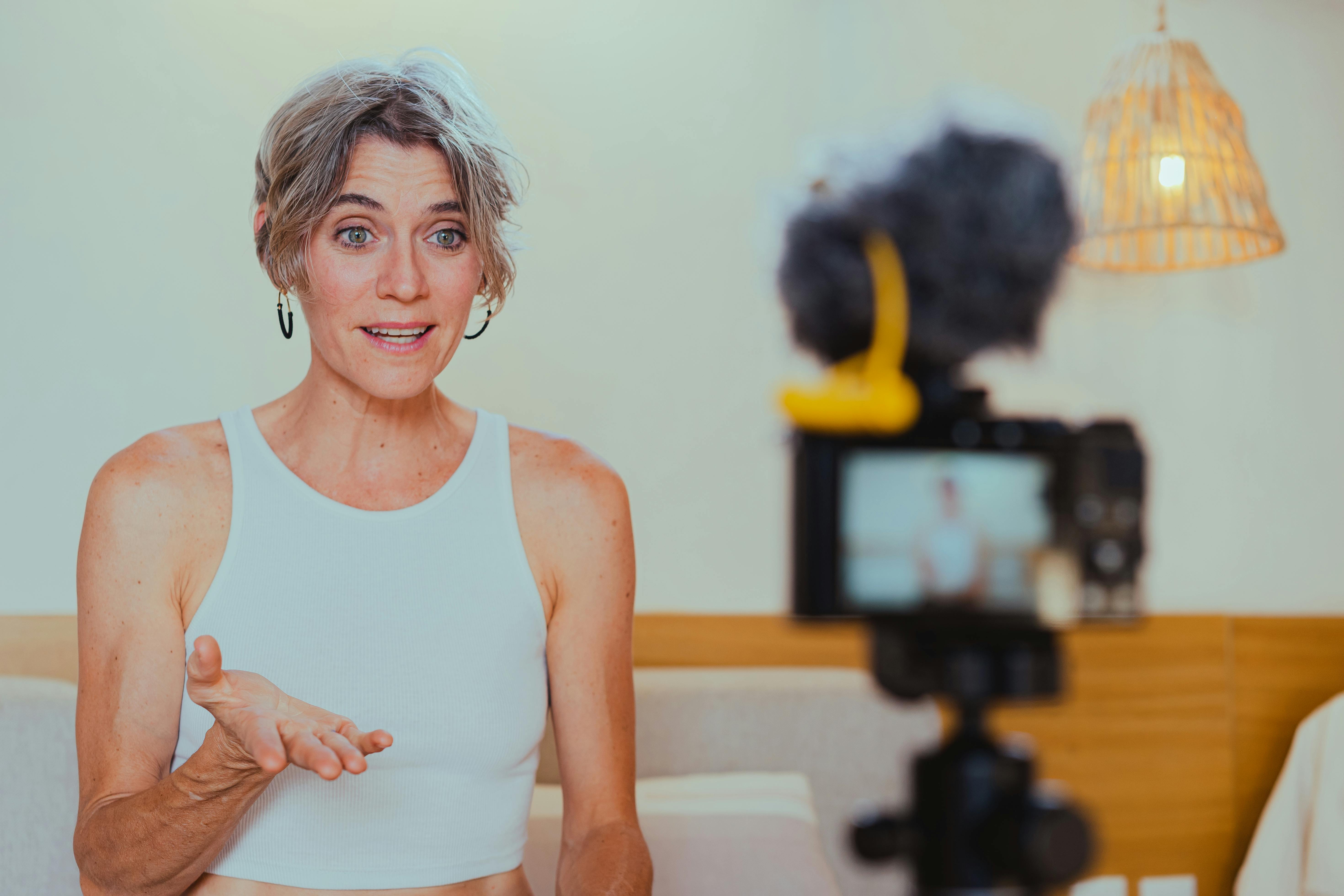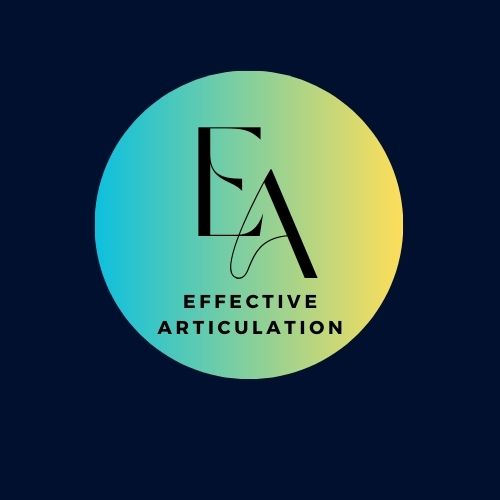Creating YouTube videos isn’t just about great content. It’s about how you deliver that content. Strong communication skills can make the difference between a forgettable video and a viral sensation.
Whether you’re a beginner or an experienced YouTuber, improving your speaking ability will help you connect with your audience, boost engagement, and grow your channel.
In this guide, we’ll break down essential YouTube communication skills, including:
- How to Speak Clearly & Confidently
- Engaging Your Audience with Storytelling
- Using Body Language & Tone Effectively
- Overcoming Nervousness & Camera Fear
- Practicing & Improving Over Time
Let’s dive in!
1. How to Speak Clearly & Confidently on Camera
Many YouTubers struggle with speaking fluently, avoiding filler words (“um,” “like,” “you know”), and maintaining a natural flow. Poor communication can make even the best content feel unprofessional or boring. Here’s how to improve:
A. Slow Down & Enunciate
When you rush, your words blend together, making it harder for viewers to follow.
- How to fix it:
- Pause between sentences to gather thoughts.
- Pronounce words fully (e.g., say “going to” instead of “gonna”).
- Record yourself and listen. Adjust speed if needed.
B. Eliminate Filler Words
Excessive “ums” and “uhs” make you sound unsure.
- How to fix it:
- Record yourself speaking and count filler words.
- Replace them with a brief pause. It sounds more professional.
- Practice speaking in short bursts (e.g., 30 seconds without fillers).
C. Practice Vocal Warm-Ups
A strong, clear voice keeps viewers engaged.
- Exercises to try:
- Tongue twisters (e.g., “She sells seashells by the seashore”) improve articulation.
- Breathing exercises (inhale for 4 sec, hold for 4, exhale for 6) help control speech pace.
- Humming scales warms up vocal cords for better tone.
D. Script vs. Improv: Find Your Style
Best for tutorials, reviews, or structured content.
- Tip: Read aloud multiple times to sound natural.
- Bullet Points: Helps stay on track while sounding spontaneous.
- Fully Improvised: Works for vlogs or casual content.
Pro Tip: If reading a script, record in small sections and edit pauses later for a smoother flow.
2. Engaging Your Audience with Storytelling

People remember stories, not facts. Great YouTubers use storytelling to keep viewers hooked from start to finish.
A. The Hook (First 10 Seconds)
If you don’t grab attention fast, viewers click away.
- Ways to hook them:
- Question: “Did you know 80% of YouTubers quit within their first year?”
- Shocking fact: “This one mistake cost me 10,000 subscribers.”
- Teaser: “I almost gave up on YouTube—until this one thing changed everything.”
B. The Structure (Problem-Solution-Benefit)
- Problem: Identify a pain point.
-
- “Struggling to get views? You’re not alone.”
- Solution: Share your method.
- “Here’s the exact strategy that tripled my views.”
- Benefit: Show the payoff.
- “Imagine hitting 10K subs in just 3 months—here’s how.”
C. Use Emotion & Relatability
- Share personal experiences (failures, successes, lessons).
- Ask rhetorical questions (“Ever felt like no one’s watching your videos?”).
- Use humor or suspense to keep viewers engaged.
Example: MrBeast hooks viewers with challenges, while Casey Neistat uses personal storytelling.
3. Using Body Language & Tone Effectively
Your voice and visuals impact engagement more than you think.
A. Tone of Voice
- Enthusiasm: Sound excited (but not fake).
- Pacing: Vary speed for emphasis (slow for important points, fast for excitement).
- Volume: Avoid monotone—raise/lower your voice for drama.
B. Facial Expressions & Gestures
- Smile naturally to appear friendly and approachable.
- Use hand gestures to emphasize key points (e.g., counting on fingers).
- Eye contact (look directly at the camera, not yourself on the screen).
C. Posture Matters
- Stand/sit straight to project confidence.
- Lean slightly forward to appear engaged.
- Avoid crossing arms (can seem defensive).
Pro Tip: Watch your favorite YouTubers. Notice how they use body language to enhance their message.
4. Overcoming Nervousness & Camera Fear

Even top creators felt awkward at first. Here’s how to beat the nerves:
A. Practice Until It Feels Normal
- Record short clips daily to get comfortable.
- Imagine talking to a friend, not an audience.
B. Use the “3-Second Rule”
- Before hitting record, take 3 deep breaths to relax.
C. Start Small (Then Scale Up)
- Begin with shorter videos (1-2 minutes).
- Gradually increase length as confidence grows.
D. Embrace Imperfections
- Viewers prefer authenticity over perfection.
- Mistakes make you relatable—just keep going!
5. Practicing & Improving Over Time
Great communicators aren’t born—they’re made. Here’s how to keep improving:
A. Record & Analyze Your Videos
- Watch your videos and note:
-
- Are you speaking clearly?
- Do you look engaged?
- Is the content compelling?
B. Get Feedback
- Ask friends or viewers for honest opinions.
- Join YouTube communities for constructive criticism.
C. Learn from the Best
- Study successful YouTubers in your niche.
- Notice their speech patterns, hooks, and energy.
D. Keep a “Progress Journal”
- Track improvements over weeks/months.
- Celebrate small wins (e.g., “Spoke without fillers today!”).
Final Thoughts: Communication is Your Superpower
Mastering YouTube communication takes time, but every video is a chance to improve. Focus on:
✔ Clarity (slow down, enunciate, avoid fillers).
✔ Engagement (hook viewers, tell stories, use emotion).
✔ Confidence (practice, relax, embrace imperfections).
The more you record, the better you’ll get. So hit that record button, speak with passion, and watch your channel grow!
What’s your biggest struggle with speaking on YouTube? Let me know in the comments!
P.S. If you found this post helpful, don’t forget to share it with a friend who could use a little clarity boost!
If you have any topics, you’d like to cover in future blog posts, please share your suggestions in the comments.
Disclosure: If you click on the affiliate links provided in this article and purchase the product, I will receive a small commission from the company of the product. You will not pay anything extra for your purchase. You can read the affiliate disclosure for more information.



10 thoughts on “Mastering YouTube Communication Skills: Speak with Confidence & Engage Your Audience”
Effective communication on YouTube is definitely an underrated skill, especially when it comes to engaging an audience and keeping them interested throughout a video. One thing I’ve always been curious about is how to balance authenticity with a polished delivery – how much practice should go into refining speech patterns before filming? Also, do you think non-verbal communication, like facial expressions and hand gestures, plays as big a role as vocal clarity? Many creators struggle with nervousness when speaking on camera – do you have any specific techniques to help overcome that and sound more natural?
HI Slavisa,
You bring up some great points! Balancing authenticity with a polished delivery is key—too much scripting can make you sound robotic, while too little can lead to rambling. A good approach is to outline key points and practice a few times without memorizing every word. As for non-verbal communication, absolutely! Facial expressions and hand gestures add energy and make your message more engaging. To overcome nervousness, try warming up with deep breathing, recording short practice clips, and imagining you’re speaking to a friend rather than a camera.
Kavitha, this is an incredibly well-written and thorough guide on mastering YouTube communication skills! You’ve provided so many actionable tips and techniques that both new and experienced creators will find valuable.
I especially love how you broke down the importance of storytelling and gave concrete examples of hooks and structures to try. Your advice on body language and embracing imperfections is spot on too.
Reading this, I can tell you truly understand what it takes to be an engaging communicator on YouTube. You have a knack for explaining things in a clear, relatable way.
I’m curious to hear more about your own experiences with these techniques. How have you seen your communication skills evolve over time? What methods did you find most impactful for growing your own channel?
I think this post will really resonate with a lot of creators. You should be proud of putting together such a helpful resource! I’d love to see you expand on some of these topics in future posts, like going more in-depth on storytelling formulas or analyzing top YouTubers’ communication styles.
Amazing work, Kavitha! You’re providing so much value to the YouTube community. Keep shining and sharing your expertise!
Eric
Thanks you Eric!
This article on Effective Articulation offers valuable insights for enhancing communication on YouTube. It emphasizes the importance of clear articulation, engaging storytelling, and authentic connection with the audience. The piece also highlights the role of non-verbal cues, such as body language and facial expressions, in conveying messages effectively. Additionally, it provides practical tips on structuring content to maintain viewer interest and suggests continuous practice and feedback as key components for improvement. This comprehensive guide serves as an excellent resource for individuals aiming to refine their YouTube communication skills.
Thanks for your feedback Sophie!
The storytelling section really clicked for me – I’ve been worrying about viewer retention and never thought about using the problem-solution-benefit structure. That hook about “80% of YouTubers quit within their first year” would definitely make me keep watching!
Quick question – when you mention the “3-second rule” for nerves, do you find it works better to do those deep breaths on camera (and edit them out) or off camera before hitting record? I still get jittery even after months of creating content.
Thanks for the practical tips instead of just theory!
I’m glad the storytelling tip resonated with you. It really helps keep viewers engaged! As for the 3-second rule, I’d suggest doing the breaths off camera to calm your nerves, then hit record with steady energy.
I think that the biggest challenge for me when I know that I am being videoed is to get tongue ties and then I start repeating myself. This is probably the reason that I have never felt comfortable in front of the camera. You Tubers make it look so easy, especially the ones with a strong following, but they must have all started at the bottom and as they say practice makes perfect. This post with all its great tips has inspired me to make an effort to get good at this form of communication. Do you recommend having something to read in front of you, or simply just talking from your heart?
That’s such an honest reflection, and you’re right. Every YouTuber started somewhere. A mix works best: keep bullet points handy for structure, but let your heart guide the delivery for authenticity.